
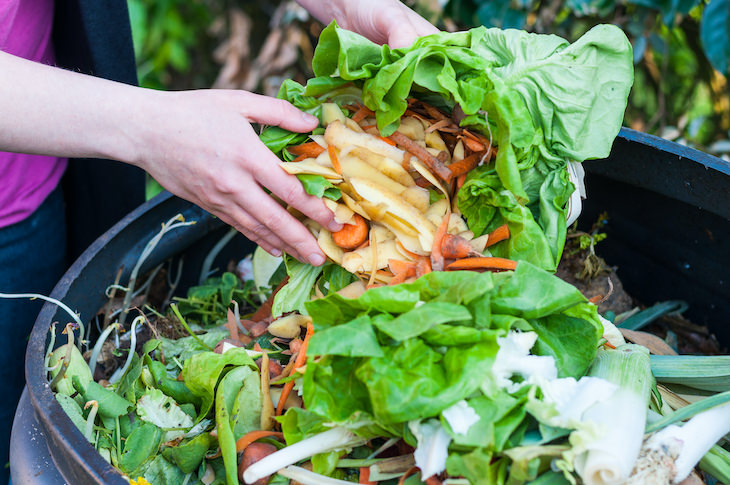
The fact that a compost pile is made of organic waste, like dead flowers and vegetable scraps, does not mean it should have a foul smell. On the contrary, if your compost pile has anything but a pleasant earthy smell, it means it’s not being properly worked. Compost usually starts to smell swampy when there isn’t enough oxygen in the pile. It will still break down over time, but the smell can be bothersome.
To avoid this, turn the pile regularly to introduce oxygen and add leaves and a few shovels of soil to keep materials from turning slimy. These steps will help mitigate any odors.
Related: Make a Compost in 6 Easy Steps
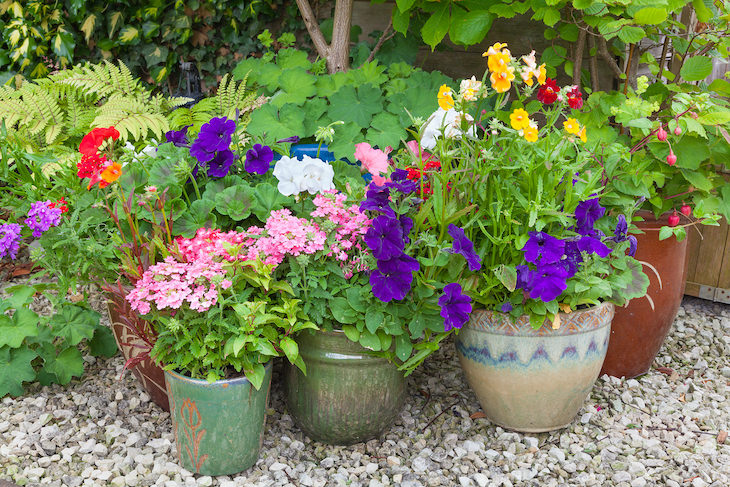
It is a popular practice to place stones, gravel, or broken crock at the bottom of a pot to promote drainage and prevent waterlogged plants. But evidence suggests that this practice is essentially a waste of time. It doesn’t provide better drainage and it actually restricts plant growth. The water will just end up sitting in the soil above the stones, and your plant’s roots will have less space to grow.
Soil holds water better than gravel stones. Water will cling onto the fine particles in the soil until it is completely saturated, and only after that, it will start draining away. So as long as there are holes in the bottom of the pot, water will find its way out without the need for gravel.
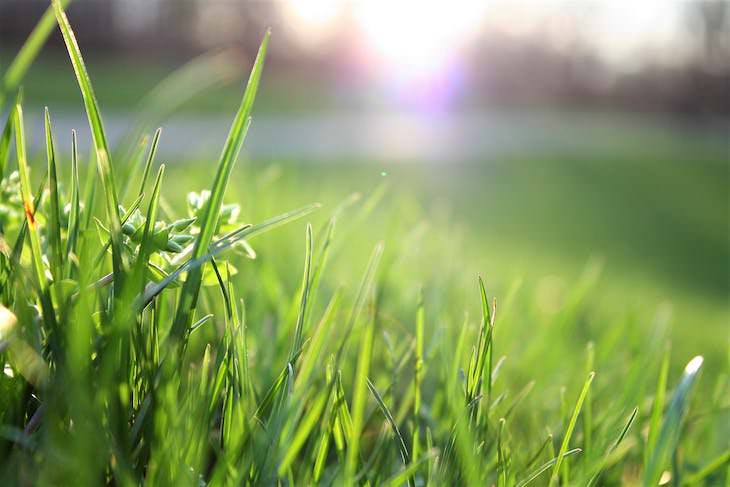
Maintaining a green lawn in the summer can be a very hard task in some parts of the world. If this is a familiar struggle, you’ll be pleased to know that brown grass does not necessarily mean that your lawn is dead - it is probably just dormant.
Dormancy occurs when the grass is exposed to intense heat and is deprived of water. However, most lawns can tolerate drought conditions for 4 to 6 weeks. So even if it looks lifeless and beyond repair, there will be a “crown” inside each dry stalk that is still alive.

Contrary to popular belief, if you want to ripen tomatoes, sunlight is not needed. In fact, the best place to ripen tomatoes is in a cool basement. Another trick is to wrap each tomato in pieces of newspaper. This will help retain the ethylene gas produced by fruit and will, hence, hasten the ripening process.
Related: Build an Easy Emergency Vegetable Garden with These Tips
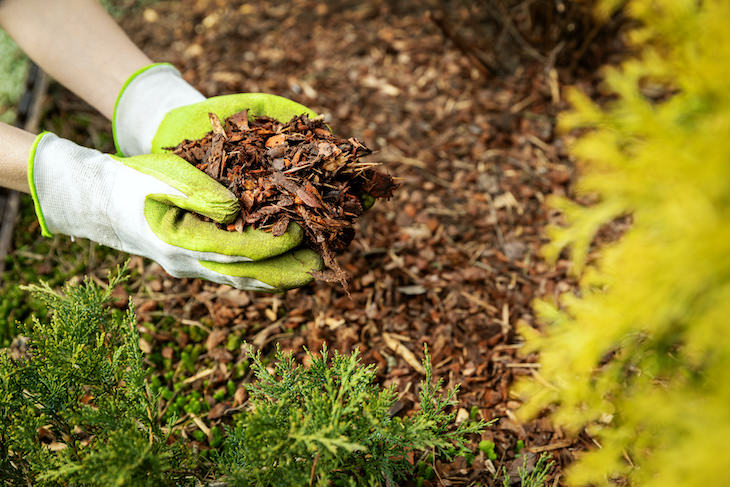
Good mulch can save a gardener a great deal of trouble. It reduces evaporation, slows weed growth, and improves soil quality. Wood chips are generally thought of as the most efficient and universal type of mulch, which is not entirely wrong.
Wood chip mulch works great for a naturalistic garden but it holds too much moisture for cacti or succulents. It has its drawbacks, too. Never layer wood chips more than three inches thick and avoid placing wood chip mulch around plant stems, as both of these practices can lead to rot and bug problems.
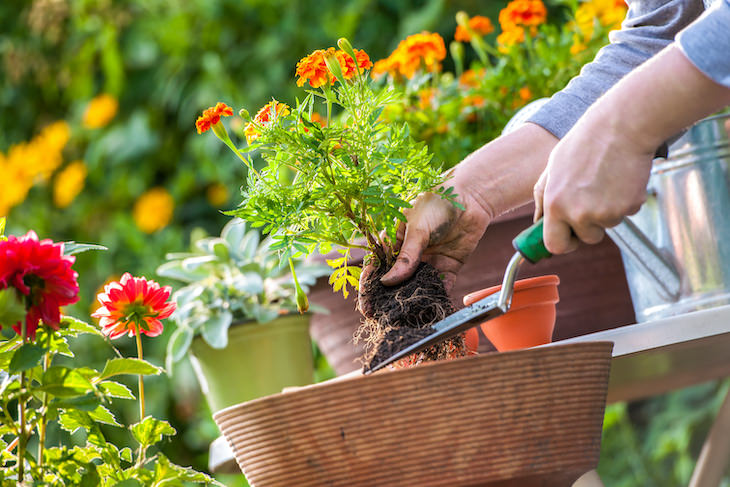
Some cultivation is helpful with heavy or compacted soils. But keep in mind that more is not always better. Too much cultivation can turn the topsoil into powdery dust that repels water and hinders root growth. Frequent cultivation also exposes more of the soil to the sun, which can dry it out and cut down the number of beneficial nutrients in it.
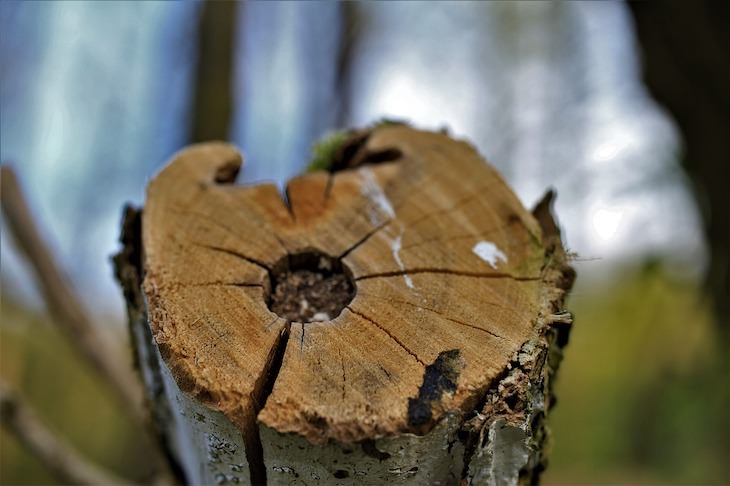
According to an old practice, after pruning a tree’s branch, the “wound” should be sealed with tar or paint to stop disease, decay, or insect infestations. In most cases, however, doing so serves no purpose and might even have a negative effect. Trees have their own self-healing mechanisms and will grow a callus at the site of the cut to keep pathogens away. Paint can actually prevent these calluses or scabs from forming.
That said, there are a few exceptions: if the tree you are pruning is specifically prone to attract disease-carrying beetles, tree-wound paint can help. Consider it for oaks and birch trees in particular.

While container plants can definitely benefit from daily watering, the same is not true for outdoor gardens. It is best to water a couple of times a week and to irrigate deeply, as shallow watering encourages roots to stay near the surface. You want roots to grow deep for the plants to be more self-sufficient during dry periods. Therefore, daily watering is actually counterproductive.
Related: A Checklist of 10 Steps to Prepare Your Garden for Spring
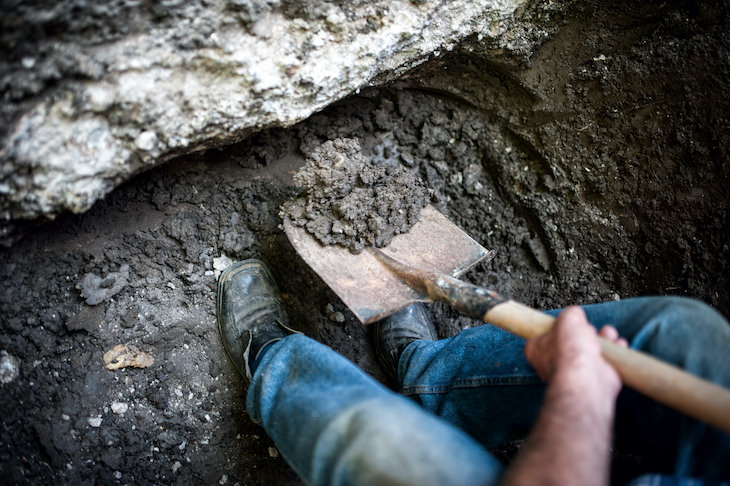
Clay soil can be difficult to work with. It turns rock hard when dry, it takes longer to warm up in spring, and it is tough to cultivate. However, it has its fair share of benefits - it holds onto nutrients better than most types of soil and, if drainage can be improved, it produces bountiful plants.
Many gardeners are tempted to ‘lighten’ clay soil with sand, but according to numerous experts, that is a big mistake. By adding sand to clay, you risk creating a solid substance that is more like concrete than soil. If you want to make clay soil easier to dig, try incorporating some organic matter into it - like compost, manure, or grass cuttings. This will help water and roots penetrate the soil and will add crucial nutrients, too.
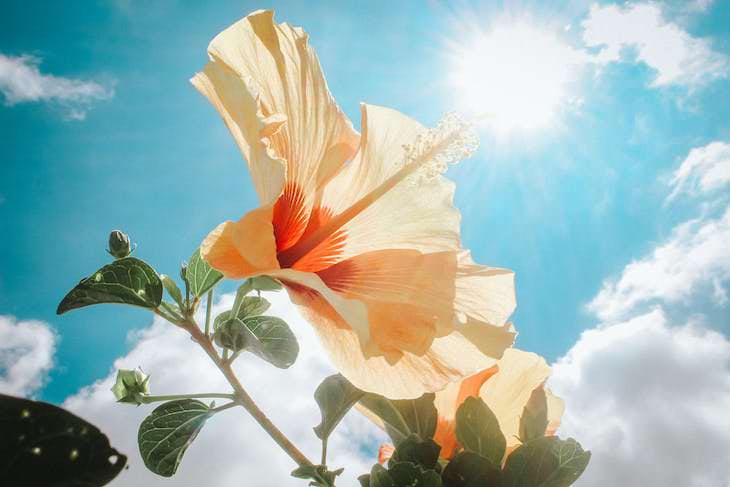
There is a widespread and persistent belief that if you water plants on a sunny day, the sun will act as a magnifying glass and scold the plans, essentially giving them a sunburn. That is simply not true. A 2010 study conducted in the Eötvös University in Budapest found that water droplets were too close to the leaves to cause burning before they evaporated. The only risk was on "hairy" plants such as ferns, which kept the droplets far enough for them to start acting as lenses.
It is indeed more efficient to water thirsty plants early in the morning or after the sun has set, simply because less water will evaporate.
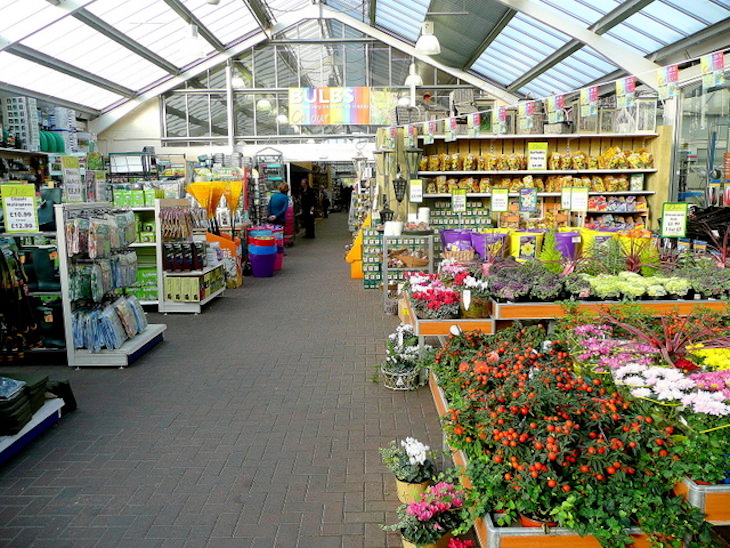
Image Source: Wikimedia Commons
When it comes to pesticides, many gardeners fall for the notion that whatever is labeled ‘natural’ is automatically safe. But not every organic pest treatment is friendly to the environment. Some natural home-made organic pesticides contain 20% vinegar, which is effective at killing the top parts of plants, but not their roots, for example. It is also toxic for frogs and toads.
Another common organic bug killer is the pyrethrum. Although thoroughly natural, this substance will kill beneficial ladybirds and bumblebees as easily as it kills insects and fungi. "The idea behind organic gardening is good but, when it comes to pesticides, the fact that something is organic does not mean it is safe. Every pesticide must be examined individually," said Dr. Jeff Gillman, a Garden Professors blogger and horticultural scientist at the University of Minnesota, in a statement to The Guardian.
Share this important advice with other gardeners!